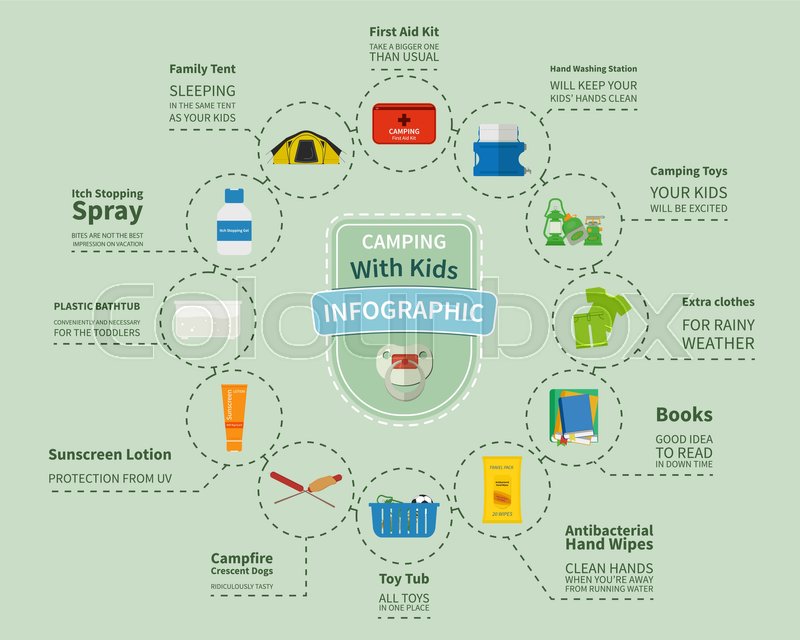Outdoor tents footprints are an excellent means to safeguard your outdoor tents floor from abrasions and prolong its useful life. Almost all gear makers offer their own brand-specific impacts that are designed to match their certain tent models.
How much does a canvas tent cost?
This customized technique provides ease of setup and decreases the threat of rain seeping in with the seams.
What are they?
Tent impacts (likewise referred to as tent ground sheets or under tent pads) give a layer of security in between the base of your tent and the outside environment. They safeguard your outdoor tents from sharp objects, wetness, and unpleasant surfaces.
Many outdoor tents manufacturers provide their very own branded footprints created to fit seamlessly with their assigned sanctuary models. Nevertheless, these are normally expensive and relatively hefty contrasted to DIY choices like Polycryo or Tyvek.
Impacts are commonly made from resilient, water resistant products such as polyurethane, nylon or silnylon. For ultralight backpackers looking for to minimize pack weight, there are likewise light-weight, high-strength alternatives made from Cuben Fiber (Dyneema). It's important to select an impact that's a little smaller than your tent to avoid rain from trickling down the sides of your shelter and funneling underneath you while you sleep-- nobody intends to awaken in a puddle! A footprint is a beneficial enhancement to any kind of outdoor camping journey. It helps guarantee a long life expectancy for your outdoor tents while including convenience and peace of mind.
Exactly how essential are they?
Camping tent impacts secure the base of your outdoor tents from abrasion and dampness, helping to extend its lifespan. They're typically made from water resistant and dirt-resistant products like polyethylene or a light-weight oxford polyester, though the denier of the textile will certainly differ (the greater the denier number, the thicker and burlier).
The majority of footprints are made to exactly match the shape of your tent's flooring, which helps lessen product waste. Lots of have grommets or loopholes through which you camping tent luxury can weave guylines for tension and stakes, ensuring that the footprint is securely held down.
If you camp in harsh surface or locations where there's a great deal of downed branches and sharp rocks, a camping tent impact is well worth the added weight and bulk. But if you frequently camp in dry, sandy or rough problems, an impact might be overkill. A tarp is a better option in that case.
Do you typically pack one?
If you're camping on a really level surface area where rocks and sticks aren't a problem, a camping tent footprint probably isn't essential. If you remain in the backcountry with a great deal of rough terrain, a footprint can make life a lot easier.
Impacts are normally sized somewhat smaller than the base of the outdoor tents. That's due to the fact that a bigger footprint would capture rainfall and funnel it under the tent, where you could awaken in a puddle.
Nevertheless, footprints can be costly and heavy if you purchase one from the producer of your tent (the Big Agnes Tiger Wall surface UL 2 impact, for instance, costs $70 and considers 6 ounces). You can save money and weight by making your very own DIY footprint by reducing a piece of Tyvek or other water-proof textile to the precise dimensions of your sanctuary. You can even add grommets for very easy accessory. The main advantage of a footprint is that it helps to shield the flooring of your backpacking tent from unpleasant aspects such as rocks and twigs.
Just how do you maintain them clean?
A manufacturer's impact can add substantial weight to your sanctuary system and if you're an ultralight backpacker trying to conserve every ounce, it may not deserve it. Therefore, numerous backpackers will certainly utilize a DIY groundsheet that's constructed of something like Tyvek or Polycryo and cut it to dimension for their camping tent footprint.
This choice is relatively economical and will protect your camping tent from dampness, rocks, thorns, sticks, and so on, while likewise helping to maintain the bottom of your outdoor tents dry.
If you do decide to buy a footprint, make sure it's designed particularly for your specific outdoor tents as this will help in reducing water pooling around the sides of your shelter. For instance, if your tent impact is also big and expands past the edge of your rainfly, it will certainly collect rains which can seep right into lighter-weight tents and potentially wear down the floor. See to it it fits your tent rather snugly to prevent this.
How do you dry a tent fast?
